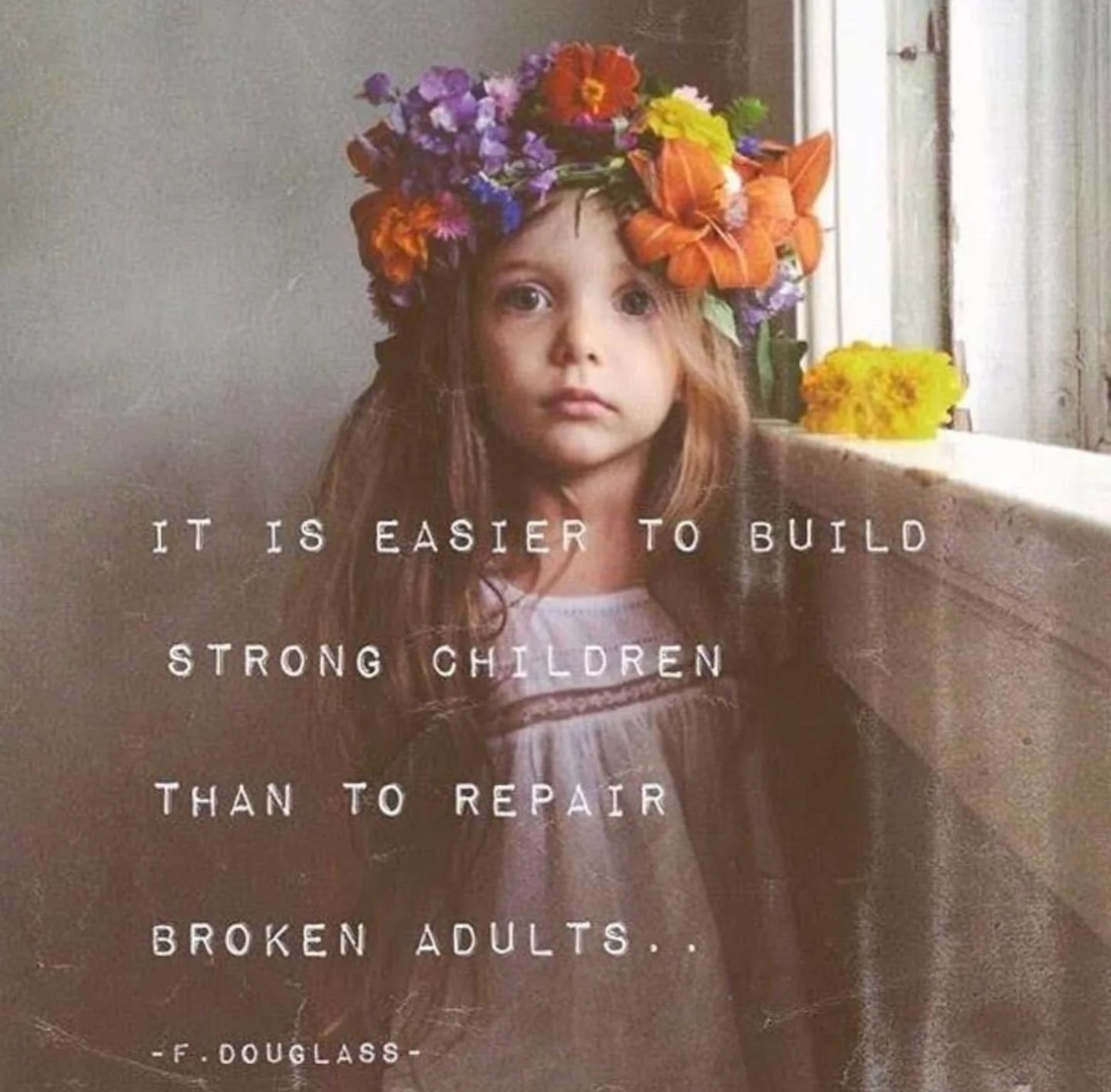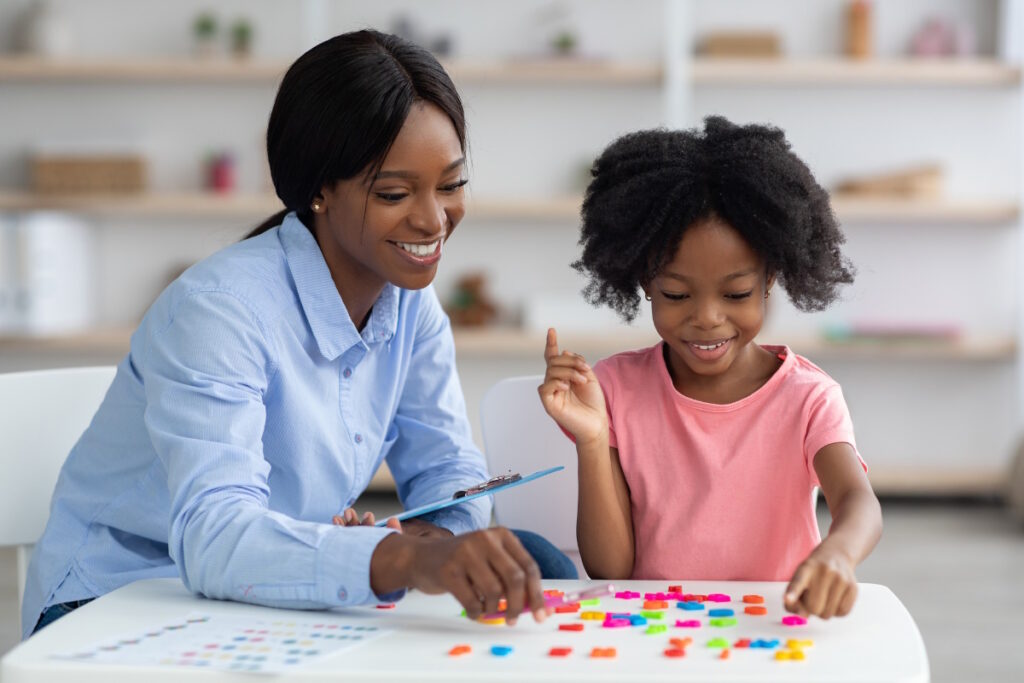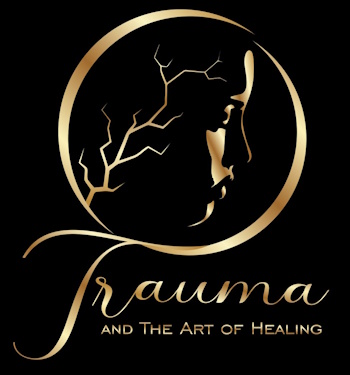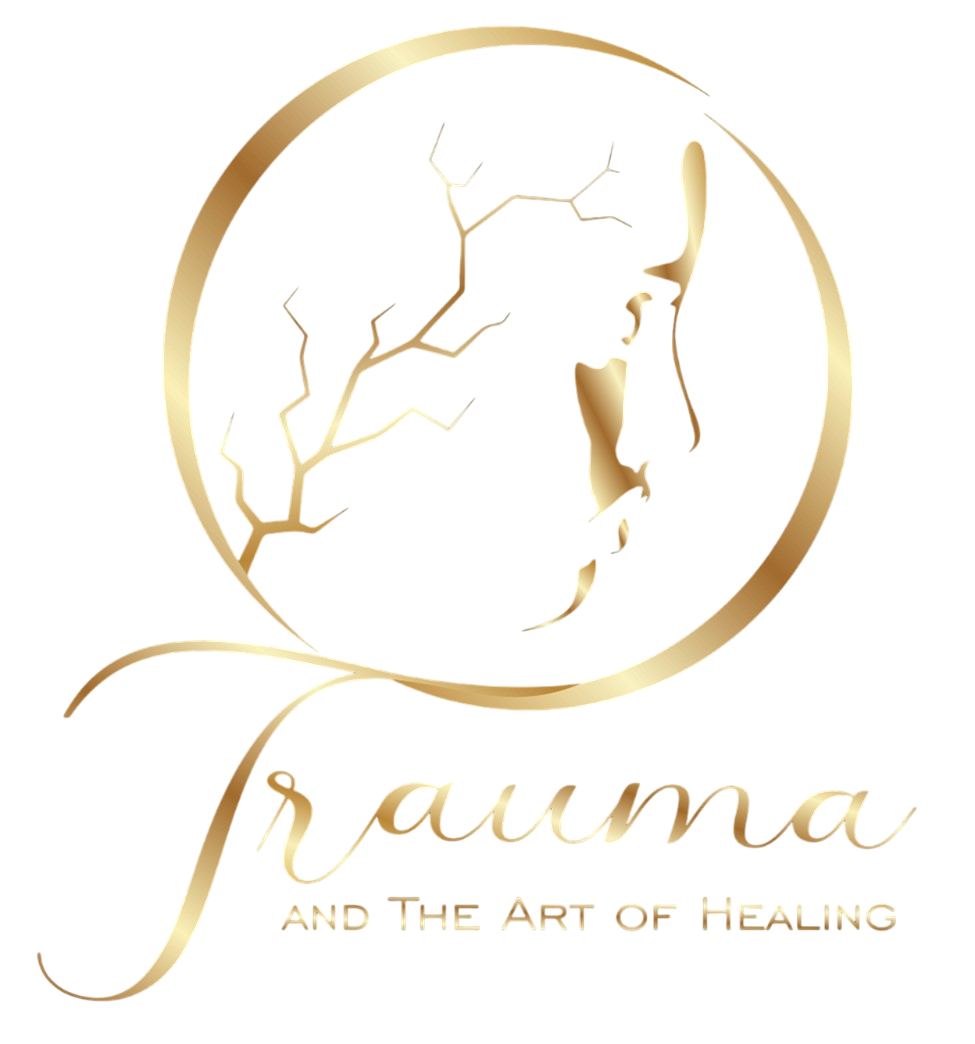Child and Teen Therapy

Kintsugi: A Healing Metaphor for Children and Adolescents
The art of Kintsugi, a Japanese practice of mending broken pottery with gold, serves as a powerful metaphor for the healing journey of children and adolescents. Just as broken pieces are carefully reassembled to create something stronger and more beautiful, the therapeutic process helps young individuals navigate their struggles, embrace their imperfections, and build resilience.
For children and adolescents, life’s challenges—such as trauma, loss, family conflicts, or emotional struggles—can feel like cracks in their sense of self. Therapy inspired by the Kintsugi process encourages them to acknowledge and accept these “cracks” as a natural part of their story, rather than something to hide or feel ashamed of. This approach helps them understand that their difficulties are not flaws but opportunities for growth and transformation.
Through therapy, young clients are guided to process their experiences and rebuild their emotional well-being, piece by piece. This involves learning to identify and express their feelings, develop coping strategies, and reframe negative thoughts into empowering narratives. Just as the gold in Kintsugi highlights the pottery’s unique history, the therapeutic process helps children and teens recognize their own strength and uniqueness, creating a renewed sense of self-worth and confidence.
The Kintsugi-inspired approach also fosters connections with family members, helping to repair strained relationships and strengthen communication. By working collaboratively with children, teens, and their families, therapy creates a supportive environment where healing becomes a shared journey.
In the end, much like the repaired pottery, children and adolescents emerge from the therapeutic process with a deeper understanding of themselves and their experiences. They discover that their challenges have shaped them in meaningful ways, transforming pain into strength and adversity into beauty.
Why Child and Teen Therapy Matters?
Childhood and adolescence are crucial periods of emotional, psychological, and social development. During these formative years, young people often face unique challenges that can significantly impact their mental health and overall well-being. Addressing these concerns early through therapy is essential for fostering resilience and setting a strong foundation for a healthy future. Therapy helps children and teens process their emotions and develop healthy coping mechanisms, equipping them to handle stress, anxiety, and other challenges with greater confidence.
Mental health struggles in childhood and adolescence can have far-reaching effects if left unaddressed. These difficulties often manifest in academic challenges, strained peer relationships, or disruptive behaviors, making it harder for young individuals to thrive. Therapy provides a safe space to address these concerns, offering strategies to improve social interactions, boost self-esteem, and enhance performance in school. By focusing on the root causes of emotional and behavioral struggles—whether they stem from trauma, family conflict, or developmental challenges—therapy helps young individuals heal and grow.
Building strong emotional awareness and communication skills is another key benefit of therapy. These skills not only help children and teens navigate their immediate challenges but also foster healthy relationships with family members, peers, and others. Furthermore, introducing therapy at a young age normalizes the process of seeking mental health support, reducing stigma and promoting a lifetime of emotional growth and self-awareness.
In areas like Austin, Georgetown, and Round Rock, the pressures of modern life—academic demands, social media influences, and family dynamics—are often amplified. Therapy provides children and teens with the tools they need to navigate these pressures, offering families the opportunity to build stronger connections and create a balanced, supportive environment. By addressing these challenges early, therapy empowers young people to overcome obstacles and build a brighter, more resilient future.



When to Seek Therapy for Children & Adolescents?
-
Emotional Struggles
Persistent sadness, irritability, excessive worry, or frequent mood swings that seem out of proportion to the situation.
-
Behavioral Changes
Increased withdrawal from family and friends, sudden outbursts of anger, defiance, or risky behavior that is uncharacteristic.
-
Academic Issues
Difficulty concentrating in school, declining grades, or challenges in maintaining healthy peer relationships.
-
Physical Symptoms
Unexplained headaches, stomachaches, or changes in sleep and eating habits that could indicate underlying emotional distress.
-
Traumatic Experiences
Witnessing or experiencing trauma, such as abuse, loss of a loved one, or significant life changes like divorce or moving.
-
Low Self-Esteem
Expressions of feeling worthless, inadequate, or overly self-critical.
-
Thoughts of Harm
Any mention of self-harm, suicidal thoughts, or harmful behaviors toward others requires immediate attention.
How Trauma and the Art of Healing PLLC can help children and teens?
For Children
-
Kintsugi for Children
We use play as a therapeutic tool to help children express their emotions and thoughts in a way that feels natural to them. Through play, children can process experiences, express feelings, and develop problem-solving skills.
-
Play Therapy
We use play as a therapeutic tool to help children express their emotions and thoughts in a way that feels natural to them. Through play, children can process experiences, express feelings, and develop problem-solving skills.
-
Creative Therapies
Art, music, and drama are often incorporated into therapy sessions to encourage self-expression and creativity in a safe environment.
For Adolescents
-
Kintsugi for Adolescents
Adolescents benefit from one-on-one conversations with a therapist where they can openly discuss their feelings, frustrations, and aspirations. Our therapists create a trusting and empathetic relationship with teens
-
Talk Therapy
Adolescents benefit from one-on-one conversations with a therapist where they can openly discuss their feelings, frustrations, and aspirations. Our therapists create a trusting and empathetic relationship with teens
-
Cognitive Behavioral Techniques
We help teens develop coping mechanisms to address negative thinking patterns and develop healthier responses to stress
Areas We Counsel
- Anxiety Counseling
- Body Image Counseling
- Complex Trauma
- Depression Therapy
- Eating Disorder Therapy
- Family Conflict
- Grief and Loss Counseling
- Life Transitions
- School-Related Issues
- Self Esteem
- Self Harming
- Social Media
- Substance Abuse
- Suicide Risk Management
- Trauma Therapy
- Avoidance Restrictive Food Intake Disorder (ARFID)
We Offer Free Teen Groups!
Our free, 4-week teen group program offers a supportive environment for adolescents to share their experiences, develop coping skills, and build resilience.

Applied Behavior Analysis (ABA) Therapy
What is ABA?
Applied Behavior Analysis (ABA) therapy is a science-based approach that uses principles of learning and behavior to help individuals, particularly those with autism, learn new skills and reduce challenging behaviors through positive reinforcement and individualized interventions.

How it Works
ABA therapy aims to increase positive behaviors and decrease behaviors that are harmful or interfere with learning and social interaction. It does this in the following ways.
-
Identifying Target Behaviors
Determining which behaviors need to be increased or decreased.
-
Developing Individualized Intervention Plans
Creating strategies to reinforce desired behaviors and reduce unwanted ones.
-
Using Positive Reinforcement
Rewarding desired behaviors to increase the likelihood of their recurrence.
-
Breaking Down Complex Skills
Teaching new skills by breaking them down into smaller, manageable steps.
Who Benefits?
ABA therapy is commonly used to help individuals with autism and other developmental disabilities, but it can also be beneficial for individuals with other challenges.
Goals of ABA Therapy
- Improve communication and language skills.
- Enhance social skills and interactions.
- Increase independence and self-care skills.
- Reduce challenging behaviors.
- Improve learning and academic skills.

